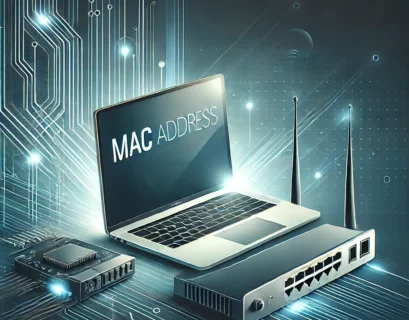CDN and SEO, are they connected?
CDN and SEO go hand in hand when it comes to improving website performance and visibility. A slow...
What is a Smurf DDoS attack?
Yes, the Smurf attack sounds cute and harmless, but we can assure you it is not. Instead, it is yet another DDoS attack that is made to...
FTP vs HTTP: Understanding the Key Differences
Today we will see what exactly is FTP (File Transfer Protocol) and how does it compare to the newer protocol called HTTP (Hypertext...
Linux MTR command
There are many small network tools out there: Ping, Traceroute, Dig, Host, etc. But, it is...
Network Monitoring: Ensuring the Pulse of Digital Communications
Network monitoring is an essential practice in modern IT infrastructure management, ensuring the seamless operation, security, and...
rDNS explained in detail
Have you ever heard of rDNS? It may not be as well-known as its opposite, forward DNS, but in today’s digital world, rDNS plays a...
Speed up WordPress with CDN
WordPress has taken the internet by storm. It is the most commonly used CMS (content management...
MAC Address: Everything You Need to Know
A MAC address is a unique identifier assigned to every device that connects to a network. Whether you’re using a smartphone, laptop,...
What is a Secondary DNS server?
Having a Secondary DNS server is crucial for website owners who want to ensure uptime and minimize...










